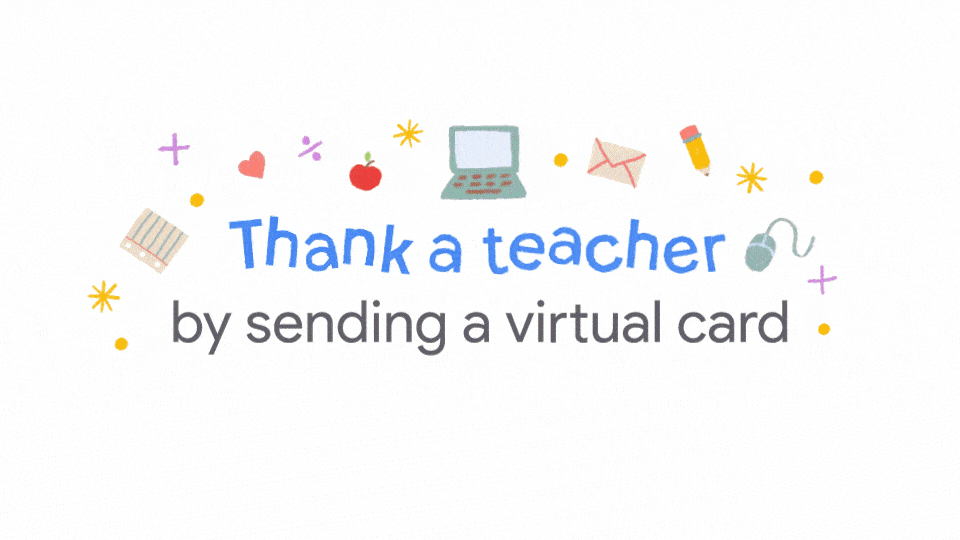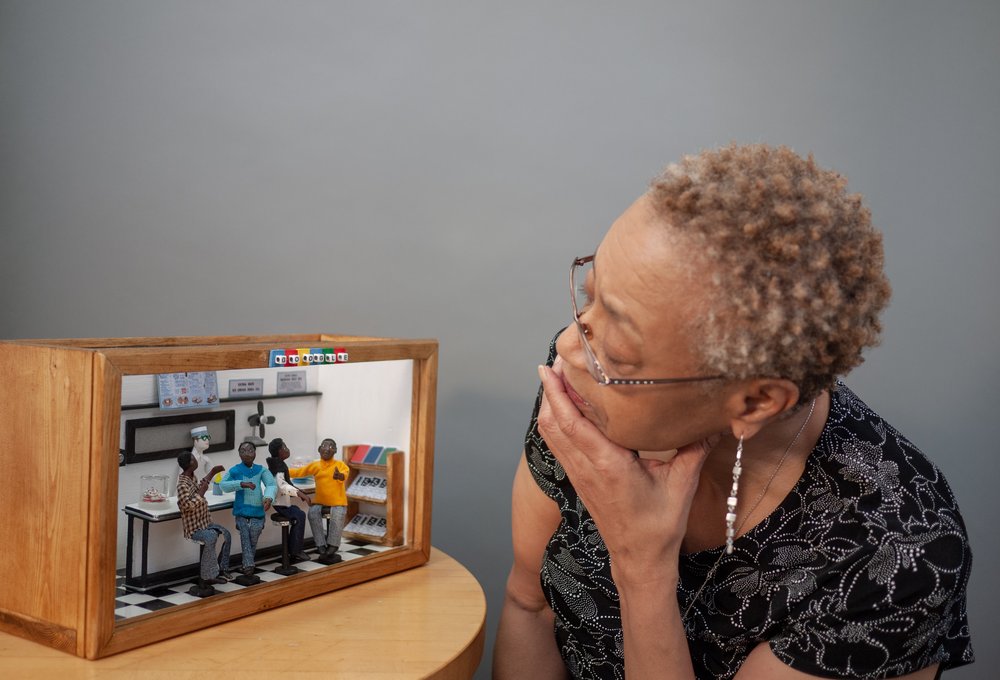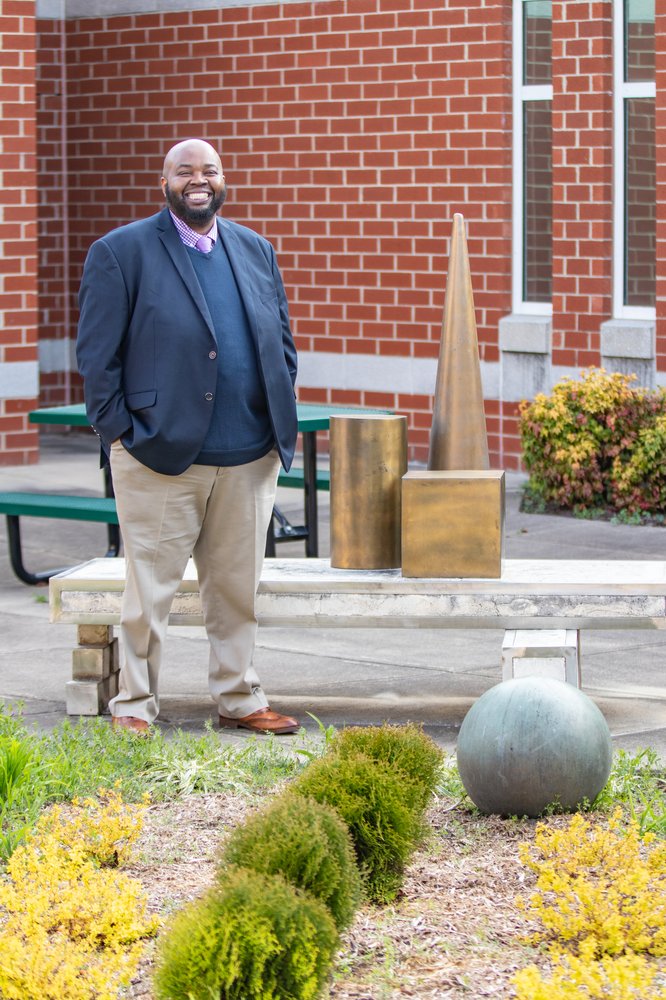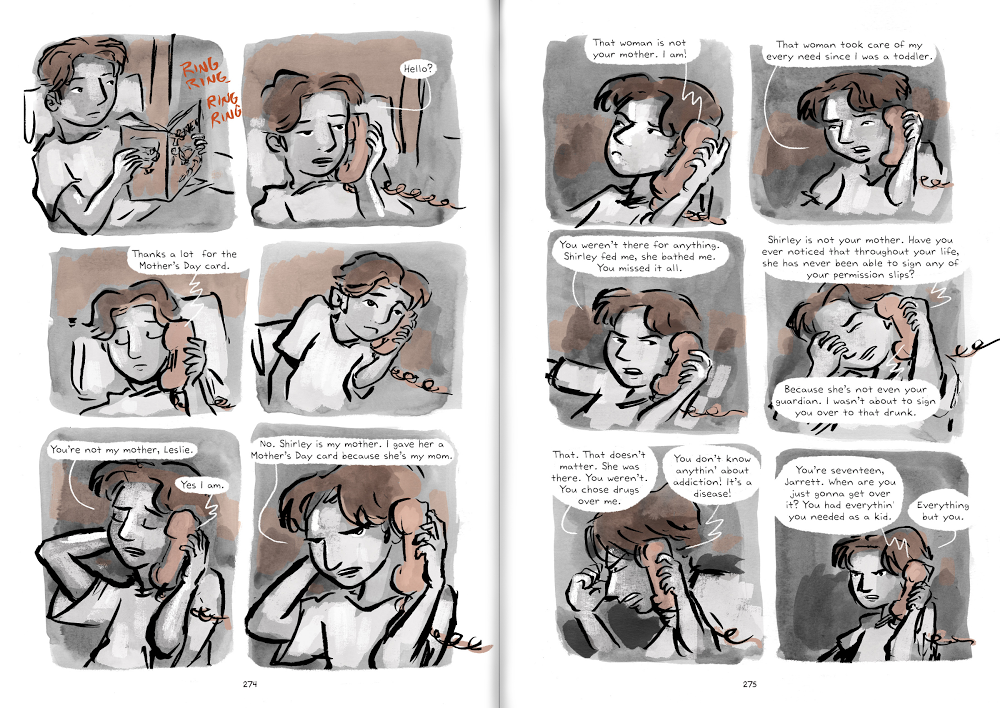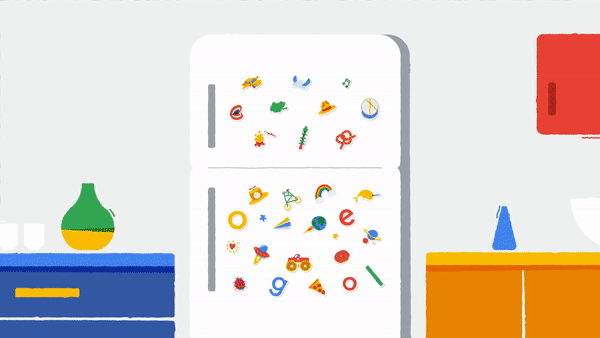Editor’s note: Happy Teacher Appreciation Week! We’re honored to have 2019 National Teacher of the Year Rodney Robinson as today’s guest author to share the many ways we’re celebrating and supporting teachers, in classrooms or at home.
As National Teacher of the Year, I’ve been afforded opportunities that most teachers don’t get. It’s been exciting and rewarding to advocate for my students—some of the most resilient and courageous people I know—in places like the White House and Halls of Congress. But it’s also been challenging. And now with so many students, teachers and families impacted by this global pandemic, we’re presented with a whole new set of challenges we must face together.
Whether you’re a veteran teacher or a new parent, this is uncharted territory for everyone. We could all use a little help at the moment, and that’s why I’m so happy that Google is acknowledging the work teachers and families are putting in, and providing us with the support we need right now.
Free tools, training and support for educators and families
Today Google released two new resources to help educators and families make better use of technology as part of teaching and learning, whether you’re at home or back in the classroom. Their latest version of Teach from Home provides those newer to tech with tools and tips they need to get going with distance learning, with new sections for schools and families. And their new Teacher Center has free training, certification programs and product guides for those looking to advance their practice. As teachers it’s important for us to continue learning new things, and these resources make it easier for us to come up with new ways to engage our students by incorporating technology into how we teach.
$2 million to DonorsChoose to support vulnerable students
Teachers know that for all of us, but particularly for our young students, Maslow’s hierarchy of needs is more important than Bloom’s taxonomy of learning. In other words, essential needs are paramount: you can’t learn if you’re hungry or feel unsafe. That’s why I’m so encouraged to see Google support U.S. teachers from high poverty public schools like mine by providing a $2 million Google.org grant to DonorsChoose. The Keep Kids Learning program will provide thousands of teachers with $1,000 funding credits to get the materials they need to teach remotely and send their students personalized education care packages including items like books, basic supplies, educational games or kits, and groceries for students who rely on school to provide meals.
Teachers are out there working hard for our underserved students, converting their homes into remote learning centers, teaching from driveways, delivering meals and providing learning materials; crucially, they are also offering a familiar face and comfort to our students who need it most. This grant will help ensure more of our teachers can provide this for their students.
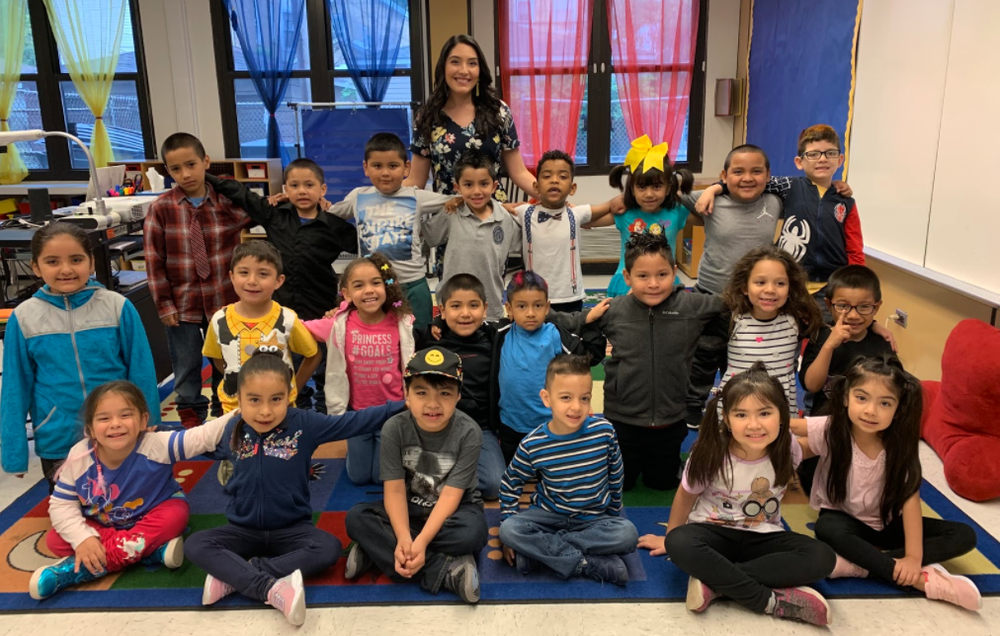
Amanda Calzada and her kindergarten class in Chicago, in a photo from earlier this school year. Recently, Amanda received a grant through Keep Kids Learning, a program from DonorsChoose. With the funding, she bought supplies like pencils and playdough, “giving her students the tools they need to make learning at home an engaging, effective and exciting experience.”
Celebrating every teacher, in classrooms and at home
I’m also loving Google’s Doodle today which was created in collaboration with the 2020 State Teachers of the Year to pay tribute to teachers.
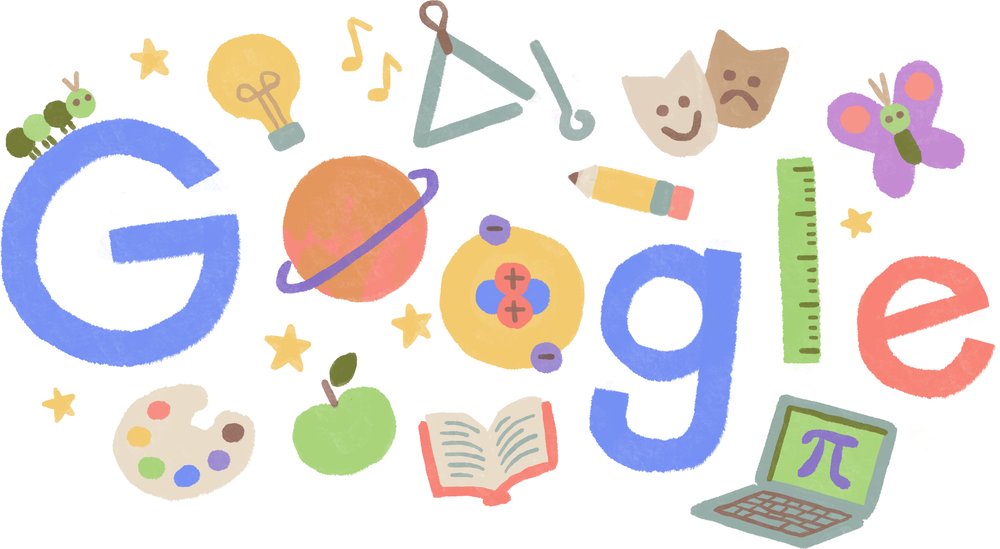
Today's teacher Doodle was created in collaboration with the 2020 State Teachers of the Year when they were at Google headquarters in February.
These teachers—who represent students across every U.S. state and territory—began brainstorming the Doodle when they met as a cohort at Google’s headquarters in February. Everything they do over this next year will be about advocating for their students and elevating the voices of their fellow teachers. You can get to know them and hear some of their words of wisdom in this YouTube playlist.
I’ll also be hosting an Edu OnAir webinar later today with the four 2020 National Teacher of the Year finalists, so I hope you’ll tune in. This session is all about how we can best support teachers right now, and kicks off a free 6-week distance learning webinar series.
For teachers like me, the best part of Teacher Appreciation Week is always the handwritten notes from our students thanking us for doing what we do. Since most of us can’t be together in person this year, Google worked with some incredible student artists (former winners of their Doodle for Google competition) and organizations like the National PTA, CCSSO (who runs the National Teacher of the Year program) and TED-Ed to design these free digital thank you cards. Whether you’re a student, caretaker or fellow teacher, be sure to use these to #ThankATeacher—I will be sending a few of these myself, and I know we could probably all use a kind, encouraging word these days.
As my tenure as National Teacher of the Year comes to a close, I’m reflecting on what a different course it has taken than I could have ever imagined. But I know wherever we are, teachers will continue fighting for our students and putting them first so that we can ensure that education continues—no matter what.
